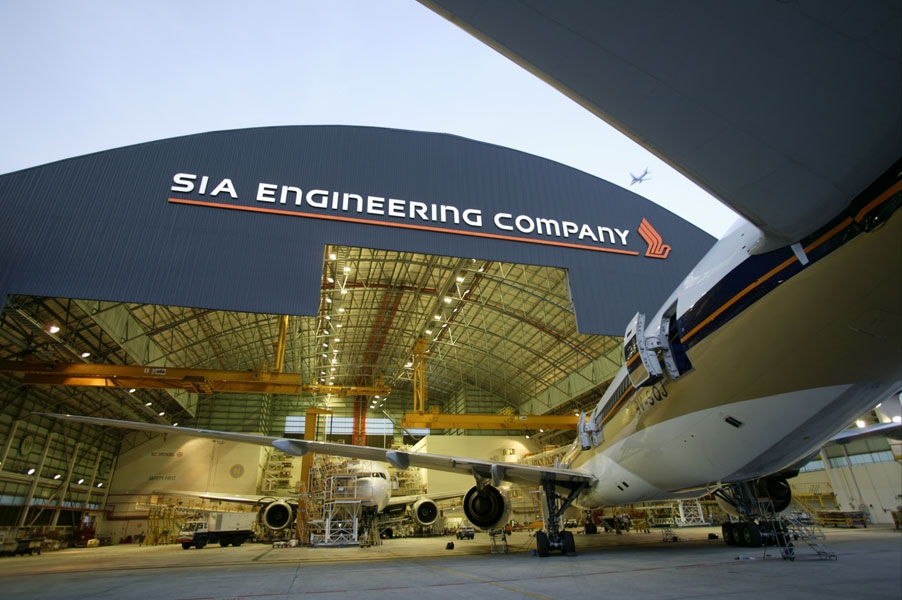
SIA Engineering hinges growth on line maintenance
The number of flights it handled could rise by 3-4% through 2018.
SIA Engineering (SIE) reported a weaker than expected set of results for 2QFY17 but line maintenance is a relative bright spot, said DBS Vickers Securities.
SIE's PATMI came in at S$35.5m – down 20% y-o-y and 15% q-o-q (vs. 1QFY17's normalized earnings – excluding one-off gains related to the HAESL divestment). Lower revenues and lower profits from JVs/associates were the main culprits for the dip in earnings.
The number of flights it handled could rise by 3-4% through 2018.
SIA Engineering (SIE) reported a weaker than expected set of results for 2QFY17 but line maintenance is a relative bright spot, said DBS Vickers Securities.
SIE's PATMI came in at S$35.5m – down 20% y-o-y and 15% q-o-q (vs. 1QFY17's normalized earnings – excluding one-off gains related to the HAESL divestment). Lower revenues and lower profits from JVs/associates were the main culprits for the dip in earnings.
But as other business segments languished, line maintenance recorded an 8% y-o-y jump in revenue to S$245.6m for 1HFY17, supported by steady growth in flights handled at Changi Airport of 2.6% yo-y.
"Line maintenance remains profitable at the operating level for 1HFY17, compared to the ‘Repair & Overhaul' (encompassing base maintenance and fleet management) reportable segment, which recorded an operating loss," said DBS Vickers Securities.
According to the research house, SIE already captures around 90% of the line maintenance market at Changi Airport, thus market share gains are unlikely.
"We estimate flights handled by SIE to grow by 3- 4% annually in FY17 and FY18. In the longer term, continued growth of Singapore as a tourism hub to the region and the addition of capacity via the upcoming Terminals 4 and 5 should help drive line maintenance revenues and earnings," it said.
























 Advertise
Advertise






